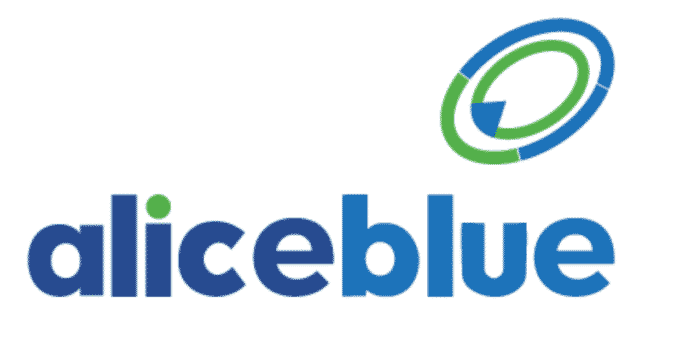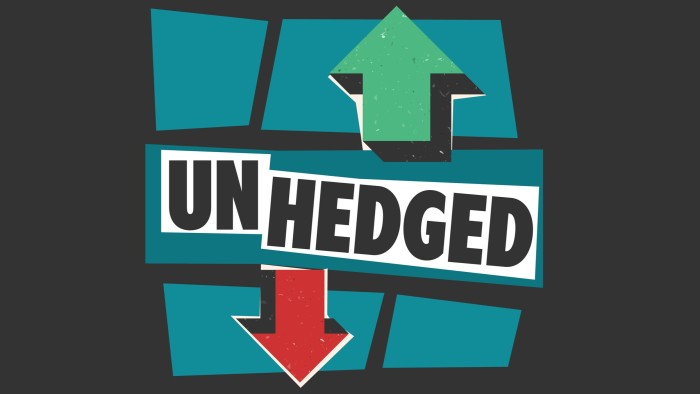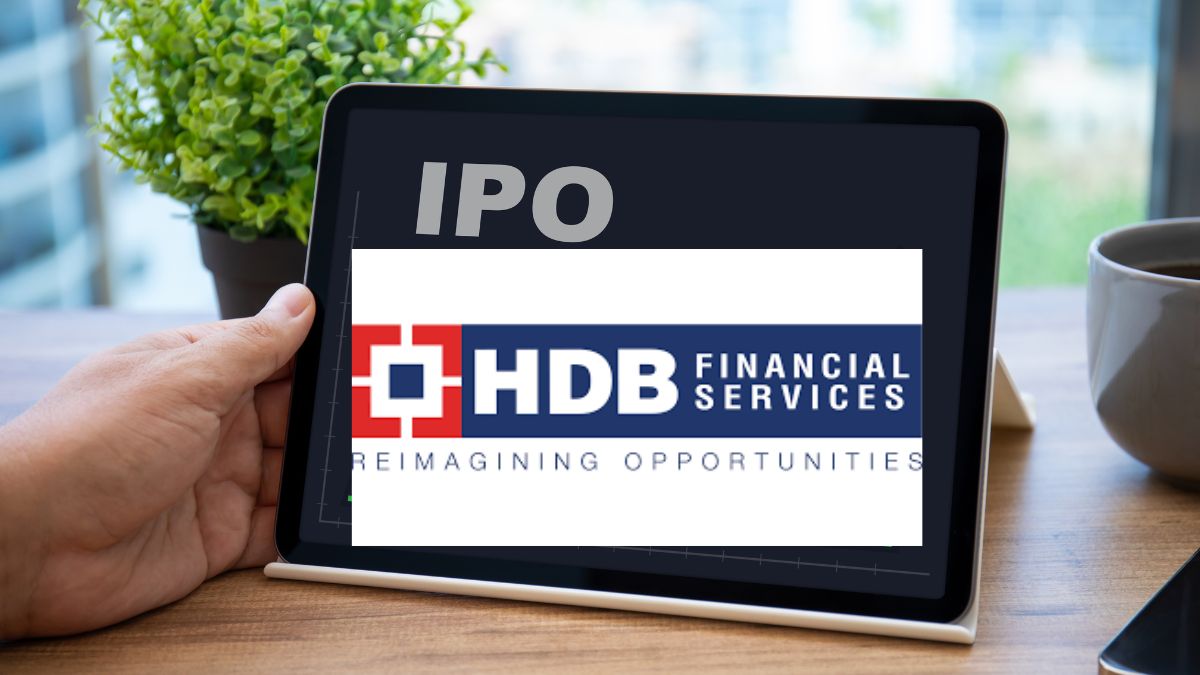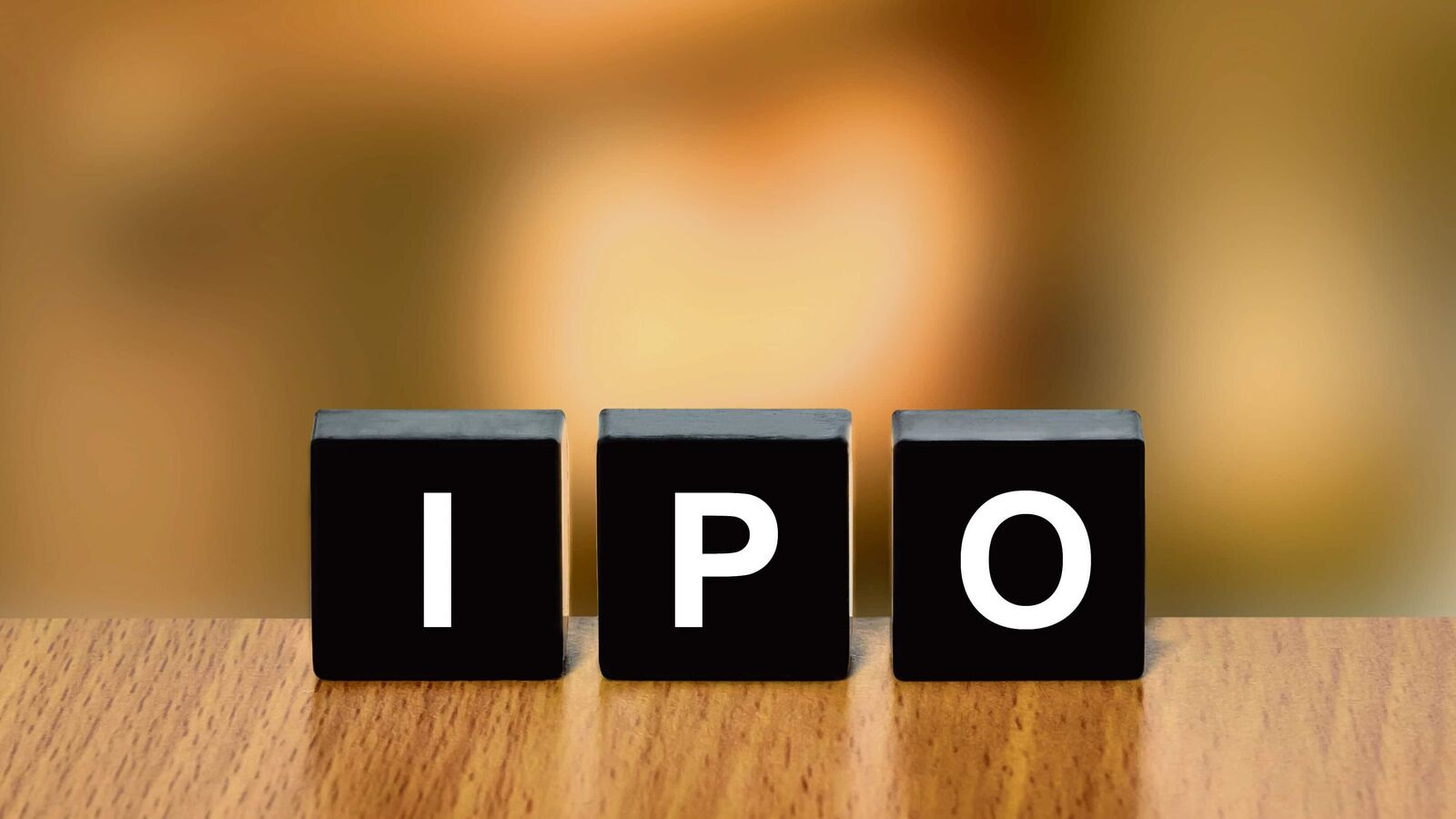
This is an audio transcript of the Unhedged podcast episode: ‘What does CoreWeave’s IPO say about the market?’
Robert Armstrong
It is a difficult moment to set sail on the initial public offering market. There was a pretty serious correction in US stocks earlier this year that hit tech stocks the hardest of all. None of this is discouraging the good chip CoreWeave, a tech company that in theory is meant to start trading tomorrow, Friday.

This is Unhedged, the markets and finance podcast from the Financial Times and Pushkin. I am joined today in the studio by Lex editor John Foley. Hi, John.
John Foley
Hi, Rob. It’s a delight.
Robert Armstrong
And down the line from his linen closet in London, we are joined by swivel-eyed conspiracy theorist Rob Smith.
Robert Smith
Thanks for that, Rob. My job title, for listeners, is corporate finance editor of the Financial Times but yeah, you’re not a conspiracy theorist . . .
Robert Armstrong
Six or one-half a dozen or the other, I say.
Robert Smith
You’re not a conspiracy theorist if they’re all out to get you, is the old phrase case.
Robert Armstrong
John, will you start us off by just explaining to our listeners what this company does?
John Foley
What CoreWeave does.
Robert Armstrong
Yes. I thought it was a kind of men’s baldness treatment.
John Foley
Or like some kind of textile fashion brand, sleeveless gilets, investment bankers.
Robert Armstrong
But it’s not.
John Foley
No. What it is, is effectively a giant heap of Nvidia chips. So you know these chips that everyone is using for AI to train their algorithms and to spit out answers to questions, inference as it’s known.
Robert Armstrong
Yeah, draw pictures.
John Foley
So that all relies on these Nvidia chips. These chips are quite hard to come by, they’re quite expensive. CoreWeave basically takes a bunch of Nvidia chips directly from Nvidia, packages them up in data centres and rents that capacity to companies that wanna do AI stuff, primarily, as I’m sure we’ll discuss, Microsoft, OpenAI. And that’s what it is. It’s an AI capacity rental company.
Robert Armstrong
And if I’m right, and Rob Smith, I think you might’ve written a little bit about this, this used to be a cryptocurrency miner. Is that correct? Is that where this came from?
Robert Smith
Yeah, so the founders of this business are a bunch of traders, so they’re not the typical sort of tech founders. They’re not coders, those kind of people. I think they worked at a gas futures hedge fund and they originally set up CoreWeave as a bitcoin miner. I think it was called Atlantic Crypto Corporation at the beginning. And then it kept pivoting. So it pivoted to I think it was like 3D video rendering in one of the first crypto crashes, and then it started adding, oh, we do machine-learning. And then because it had a bunch of these Nvidia GPUs, which became like gold dust, right, everyone was trying to get their hands on it, it became a GPU cloud, an AI hyperscaler. It started renting out this stash of GPUs to these sort of data-hungry big tech companies to run these LLMs and everything else that has changed the world in the past few years.
Robert Armstrong
Well, it’s interesting that the business had its start with a bunch of commodity traders, because it seems to me that the first question I would ask about a business like this is whether it is a commodity business. In other words, you buy a bunch of stuff from someone else and then you rent that stuff to other people. That sounds on the face of it to me like a kind of low-margin business, where you are eking out a margin because of differences in the timing of needs of different parties, different finance costs between different parties. In other words, it doesn’t sound terribly low barrier to entry. Am I barking up the wrong tree?
John Foley
That’s definitely a part of it. They’re not literally just shipping raw chips out to their rental customers though. So there is a bit of value add around that, which is creating data centres and supplying them with power and all that kind of stuff. And there’s a software layer as well. Cloud companies like to tell you that their value add is through software, which is in some cases true. But fundamentally, yeah. Like this started with a commodity-like trade, which is GPUs hard to get.
Robert Armstrong
We got ’em.
John Foley
Because people want them, we can join the dots between A and B.
Robert Armstrong
Do we have a sense of the margins or the returns this company is earning? At this point, I can see from the S-1, the IPO filing document, that revenue is growing extremely fast.
Robert Smith
Yeah. I mean, a big part of the debate around CoreWeave has been on the metrics they present. And I understand — I’m reading this from New Street Research — CoreWeave presents a 75 per cent gross margin, but apparently they strip infrastructure depreciation outside of that, which is huge. So New Street Research sort of put them on blast and said this was misleading. And they backed out the actual margin at more like 45 per cent.
Robert Armstrong
And of course the reason, I should say just for our normal listeners at home, the reason depreciation is so important in an asset-heavy business is because the depreciation line is where the expense of buying all this stuff shows up. Depreciation is you have a big one-time asset cost and you spread the cost of buying it over time. And the depreciation line is where that cost is spread to, as it were. So in a business that is buying and renting out assets, you would, at least on first blush, you’d want to include depreciation in your estimate of the company’s profitability.
John Foley
So, I am not here to be the advocate for CoreWeave. I think there are some very odd things about this IPO. One thing that you can say for them, because they do obviously report their depreciation not in their cost of revenue, but they report it in their, you know, it’s there in the operating expenses, which is the normal way to report it, that CoreWeave is actually profitable on an operating profit basis, even when you take out the stock-based compensation that most companies ignore when they tell you about their adjusted operating profit.
Robert Armstrong
Good for them.
John Foley
In fairness to CoreWeave, unlike most tech IPOs and most tech companies that we look at, this one is actually profitable on an operating basis, right? Now the challenge, as I’m sure we will also discuss, is that there is a financing element to CoreWeave’s business. It pays a lot of interest, and if you start thinking about that too, then profit kind of quickly dwindles.
Robert Armstrong
But again, in an asset-heavy business like this, isn’t your cost of finance an absolutely crucial part of the profitability of your business?
John Foley
You can’t not pay your interest, that’s for sure.
Robert Armstrong
If you think of this as a financial business, as a business that has a cost of capital on the one side and a return on capital on the other, you don’t wanna leave out the finance cost, that cost of capital there.
John Foley
It’s a big deal.
Robert Armstrong
Rob, what can you tell us about the debt structure of this company?
Robert Smith
It’s gargantuan and labyrinthine. So that was how I was kind of brought into this story. So my colleague, Tabby Kinder, who’s our San Francisco sort of beat reporter, has been doing amazing work on this. And Tabby’s like no slouch when it comes to understanding complex financial structures, but she called me, you know, a week or so ago and was like, Rob, can you just take a look at this cause it’s hurting my head. And then I took a look at it and it hurt my head.
And then we read some articles, which were very factual, but caused a lot of grief. And the reason we caused a lot of grief is because we did some adding up of numbers, which is something companies don’t like journalists doing.
Robert Armstrong
No they certainly don’t, not in my experience.
Robert Smith
No. And we basically found out that CoreWeave has to repay 7.5bn bucks of debt obligations by the end of next year, so kind of over the next two years, which is, that’s a monumental number.
Robert Armstrong
Did CoreWeave or its financiers come back after you wrote that it had this huge mountain of debt to pay back in the relatively near term?
Robert Smith
No, there was no on-the-record statements or denials and I would have been surprised if there were, because it was just simple addition of numbers.
Robert Armstrong
OK. I wanna come back to the kind of financial structure of this company, but I wanna deal with the revenue question first. You know, if I’m reading the documents from the company and what I’ve read in the FT correctly, this company borrows at a fairly high interest rate, double-digit interest rate. It buys a lot of assets. That debt has to be serviced. What does the revenue picture of this company look like, its revenue trajectory? I know it made tremendous amount more money in 2024 than it did in 2023, but what do we kind of know about the earnings power of this business in the context of having to pay back this mountain of debt?
John Foley
It’s a great question. They have huge obligations, future interest payments, as you say, and also capex. They need to buy more chips. What you can say for the company is that its revenue is growing very quickly. It’s something like 700 per cent in a year. They’re trying to mitigate that risk by signing customers up for longish-term contracts. Long is a very subjective term here, but they’re signing customers up for kind of four-, five-year contracts, where Microsoft and now, OpenAI pledge to pay a certain amount over a certain number of years. So there is cash flow coming in from those contracts, and it’s not small. They have like $15bn already signed up at the end of last year. They’ve just added $12bn from OpenAI. So provided those contracts are honoured, then there is money coming in.
Robert Armstrong
Well, let’s first talk about the companies they’re contracting with, and then we’ll talk about the durability of the contracts, say. One issue that has been raised by the FT and a lot of other places is that this company is very dependent on a small number of customers. Is that a deep concern? I mean, if I was gonna be dependent on one company in the world, I’d want it to be Microsoft, probably. (Laughter) Is this something that gives you pause?
John Foley
So that’s the question, it’s who is the customer. Being dependent on a customer can be good or bad, depending on who that customer is. So what we’ve seen in a lot of data centre-related financings, deals with hedge funds and private equity firms to build data centres is that some customers of those data centres are treated almost like sovereign credit.
Microsoft is one. Microsoft is a triple A rated credit. It’s unlikely that Microsoft won’t be around to pay its dues. So in that sense Microsoft is not a huge concern when it comes to honouring the contracts it’s already signed. Not a huge concern, it’s not no concern. It’s not a huge concern when it comes to honouring the contracts already signed.
Does that mean Microsoft will want new contracts that come after 2030? Who knows. That depends on what Microsoft’s own AI goals are at that time. And don’t forget that if you’re buying shares in a company today, you kind of hope that it’s got a plan for after 2030. Five years goes by very quickly. This is not a company that is kind of used once and destroyed by 2030. So in terms of the counterparty risk for Microsoft, that’s relatively low.
Now, things get a bit complicated. Like, if you say we want you to diversify your customer base, CoreWeave says, great, here’s a new contract with OpenAI. Is OpenAI like a sovereign credit? I would say no. Would you rely on OpenAI to service its debts in the way you would have Microsoft? Almost certainly not. So by diversifying, they’ve also diversified the counterparty risk.
Robert Armstrong
I’m glad you mentioned Microsoft’s sterling credit rating, because this is one of the biggest questions I had about this company. And I put this question to both of you. Microsoft can borrow money at a price that is almost like the price the US government pays. I mean, they pay nothing, right, a spread of roughly nothing over Treasuries. But they are renting assets from a company that has to borrow at a very high rate to finance those assets. So it seems that by renting from CoreWeave, Microsoft has added a huge amount of unnecessary financing costs to the whole ecosystem. In other words, why don’t they just buy the darn GPUs, finance them at 4 per cent and use them when it needs them? Rob Smith, any thoughts?
Robert Smith
Yeah. Well, I think you’ve got, again, it goes back to like thinking about this in terms of capital structure and debt. It’s because it’s off-balance-sheet for them, right?
Robert Armstrong
For Microsoft or for . . .?
Robert Smith
Yeah. CoreWeave’s like an off-balance-sheet structure for them, right, where, I mean, there’s 60 per cent of this company’s revenues, right? Like they’re kind of the gorilla in the room behind this. And by doing this, they can keep some of this capex over there and have some optionality around it and it not show up on his balance sheet, right?
And, you know, they’re smart people. They’re always tinkering with things. They obviously see some value in doing this and having not just themselves building everything, buying everything, just putting some stuff over there, and doing it over there and renting it. They obviously see some value in this.
Robert Armstrong
But optionality is just the point. I’m sorry to interrupt, but optionality is just the point. If they have optionality, right, that raises again the question of the sustainability of these contractual relationships. The point of renting something is that if you don’t need it any more, you can stop paying the rent, right? Isn’t that the point? (Laughter)
John Foley
Right. So here’s like . . . This is a great point, though, because Microsoft, why . . . It does indeed keep this stuff off Microsoft’s balance sheet. Why would Microsoft, which is an absolutely enormous company, I’m like now currently scrolling through its 10-K, trying to get the number of how big its total assets are, and I’m not gonna find it in time. But why would it care whether this stuff is on its balance sheet or not? It’s impossible to imagine that investors or creditors of Microsoft would be concerned by this tiny addition to its balance sheet. But if . . .
Robert Armstrong
If you don’t like the off-balance-sheet theory, John, it’s incumbent upon you to give us another theory.
John Foley
Well, so here’s a theory — and it is only a theory — based on some observations of how the market is working at the moment. So Nvidia chips are in high demand. Rightly or wrongly, people think that there’s no such thing as too many of them. It’s hard to get as much supply as you want. So Nvidia unusually has some say over who gets its chips. Now Nvidia would argue strenuously that it does not play customers off against one another. and we’ve had no evidence from customers that they feel like they get played off one against the other.
If I were Nvidia, let’s put it that way, I might say to myself, I don’t really want to be beholden to one customer. Why should Microsoft get more chips when I can instead encourage them to rent chips from this third party that diversifies my customer base.
Robert Armstrong
But let me just ask you one question. I thought everybody was buying Nvidia’s chips — Meta, Google, Amazon, everybody. Why is Nvidia’s revenue line so dominated by Microsoft and not any of the other so-called hyperscalers?
John Foley
They’re all big, they’re all huge customers, of course, as you say.
Robert Armstrong
Just the biggest. Yeah.
John Foley
Microsoft is just a very big customer. And Amazon, Google, Alphabet are all also trying to make their own chips. They’re also trying to create alternatives to Nvidia at the margins. But Microsoft is a very big company, it’s got a very big cloud business, it’s a big customer. There’s no suggestion that Nvidia . . . Like, as in I’m not saying that this is what happened. But if I were Nvidia, I might try and seek ways to diversify my own customer base, ’cause as we’re talking about with CoreWeave, reliance on one customer is a risky thing.
Robert Armstrong
Just this morning, we’ve had two pieces of news about the CoreWeave IPO in the pages of the Financial Times. First, both the size and the valuation of the IPO have been cut. And second, Nvidia is putting several tens or even hundreds of millions of dollars of its own money into the IPO. Gentlemen, what do we think about these two facts?
Robert Smith
Oh, well, I mean, it shows that the demand is not there from the market and that Nvidia, which is as well as being the supplier of chips to CoreWeave and having a current 6 per cent equity stake, is also believed to be CoreWeave’s second-biggest customer, by the way, if we’re talking about complexity. You know, this very much feels like Nvidia having to come in to prop up an IPO which can’t fail. This is like, this IPO has to happen and Nvidia, for what is like a rounding error in its quarterly cash flow, is putting some of that in to help.
Robert Armstrong
Now, you have to explain something to me, Rob, because I am a simple man. Nvidia is a company that makes GPUs. It is also the customer of a company that buys its own GPUs and rents them to other people. Why would Nvidia need to rent its own chips back from CoreWeave?
Robert Smith
I do not know.
Robert Armstrong
And we say believe to be. We don’t know.
Robert Smith
Well, so to get to unpack that, we know that Nvidia is a customer. Basically, CoreWeave gave some disclosure about its customers. It disclosed who its biggest customer was and that was clear it was Microsoft because it tallied with the size of the contract. Its second-biggest customer, you can kind of work out from the maths that it must be Nvidia, given like, some disclosure around Nvidia’s contracts, basically. So we know Nvidia’s a customer and it is strongly implied that they’re the second-biggest customer and yes, it breaks my brain too. I do not understand it. (Robert laughs) I’m not gonna lie to your listeners and pretend I understand it.
Robert Armstrong
Final question, it seems to me this business, despite the kind of highways and byways we’ve taken listeners down in this podcast, the basic structure of this business is actually quite simple. And what I mean by that is this: it is a leveraged play on demand for GPU processing capacity. It acquires financing at a cost, buys that capacity and rents it to other people. And the success or failure of the company depends on how strong demand is for that capacity and how price for that capacity holds up over time. Do we know anything about how that demand is going?
John Foley
What you’ve just said is exactly the story really, with CoreWeave, right? There are some very odd quirks to it, but fundamentally, CoreWeave is good or bad based on will people pay to use GPUs five, 10, 15 years from now at the price that makes a profit for CoreWeave. Do we know the answer? Of course we don’t know the answer. Like, that question is holding up the valuations of all kinds of companies right now, including Nvidia.
Robert Armstrong
Rob, final word?
Robert Smith
Yeah. Well, I mean, I think John’s like hit upon the uncertainty in sort of, shall we like, the earnings outlook, shall we say, but I think added to that, you just have the capital structure. When you run a lot of leverage, you have less room for error and uncertainty. So I think you layer all of that on top of what John just said, and it makes that uncertainty like even scarier, potentially even scarier.
John Foley
If I could say, Rob, also, the thing about IPOs, right? The thing about IPOs is that IPOs are risky because they’re a company with no track record as a listed company coming to market. The more weirdnesses you layer on top of that, the more you should be worried. Like, IPOs are inherently a risky thing so that every single thing that we tick through, every oddment in their filing is a reason to be more cautious of this company. Like, why would you go to market when not only are you untested and new, but you’re also stocked to the rafters with these weird quirks that it’s very difficult to price in?
Robert Armstrong
Listeners, we’ll be back after a short break.
Listeners, welcome back. This is Long and Short, which is the portion of the show where we go long things we like and we go short things that we do not like.
What I am short and I do not like today is auto tariffs, as announced by the president yesterday. I do not think this is going to go the way the president thinks it is going to go, and that there is going to be collateral damage along the way and we’re gonna find out unpleasant facts about auto supply chains we didn’t know before. Rob Smith, do you have a long or a short for us?
Robert Smith
So I’m going short Blackstone. Blackstone is CoreWeave’s biggest lender. And as we’ve reported this week, we were the first to spot this, CoreWeave defaulted, it was a technical default, but still a default on a $7.6bn facility, a loan facility.
Now, why that matters to Blackstone, this was Blackstone’s largest ever single loan commitment in its history. So Blackstone committed the majority of that. And it defaulted, you know, a couple of quarters out due to breaching terms. This is one of the largest private credit loans ever and this might give you an insight into some of the underwriting standards that are going on at the supposed Rolls-Royce of the private capital market. And I’m not doing this Blackstone-specific but it’s a window into what is happening into this market which is often quite opaque.
Robert Armstrong
John, do you have a long or a short? Make it fast, because Rob Smith just did a whole other story for us.
Robert Smith
There’s a long short in the Long/Short.
Robert Armstrong
(Laughter) That’s a very long-winded short.
John Foley
This is a short long.
Robert Armstrong
OK, a short long. Give it to us.
John Foley
So your point about car tariffs, I would go long Ferrari, because although Ferrari is a huge exporter of cars to the US and its cars are very expensive, its buyers, I don’t think, care about the price going up. And I would argue that maybe Ferrari is a Veblen good, such that when the price goes up, people want it even more.
Robert Armstrong
Listeners, we will be back in your feed next week. Until then, stay sharp.
Unhedged is produced by Jake Harper and edited by Bryant Urstadt. Our executive producer is Jacob Goldstein. We had additional help from Topher Forhecz. Cheryl Brumley is the FT’s global head of audio. Special thanks to Laura Clarke, Alastair Mackie, Gretta Cohn and Natalie Sadler.
FT premium subscribers can get the Unhedged newsletter for free. A 30-day free trial is available to everyone else. Just go to FT.com/unhedgedoffer.
I’m Rob Armstrong, thanks for listening.
[MUSIC PLAYING]









This Post Has 0 Comments